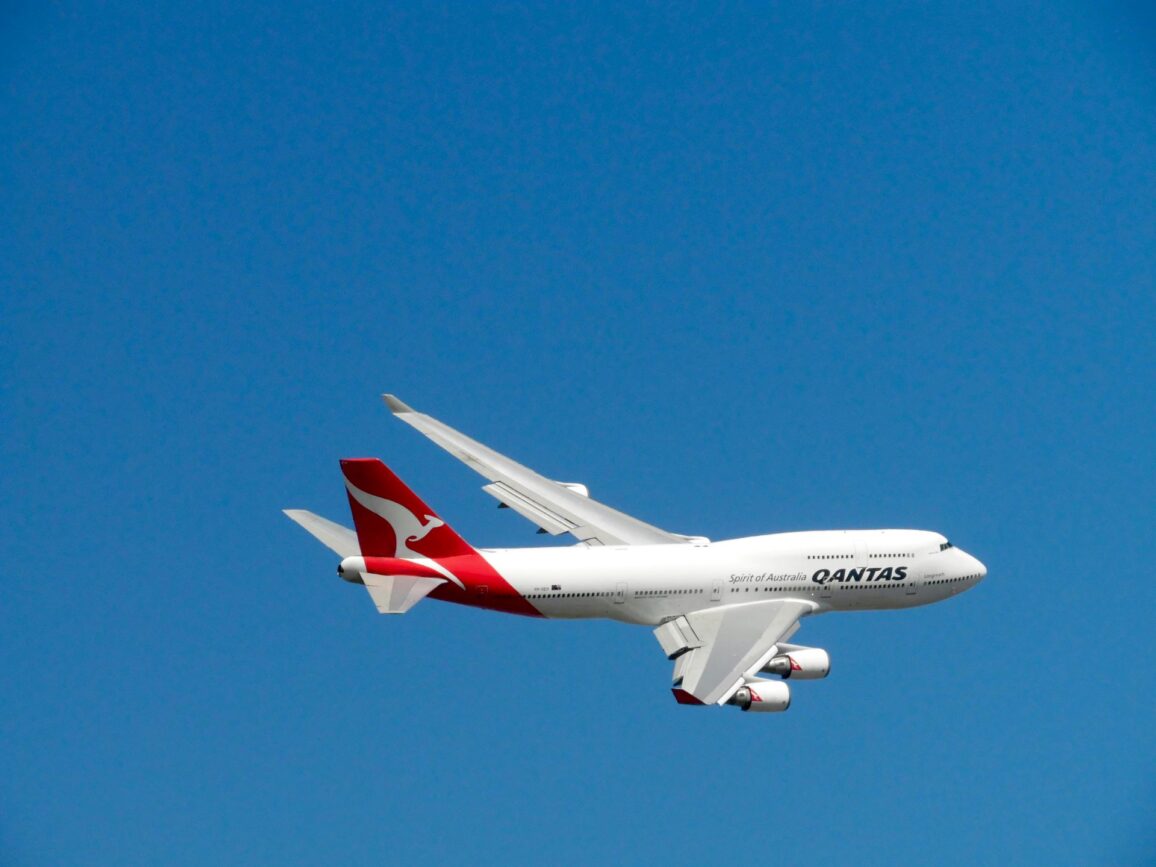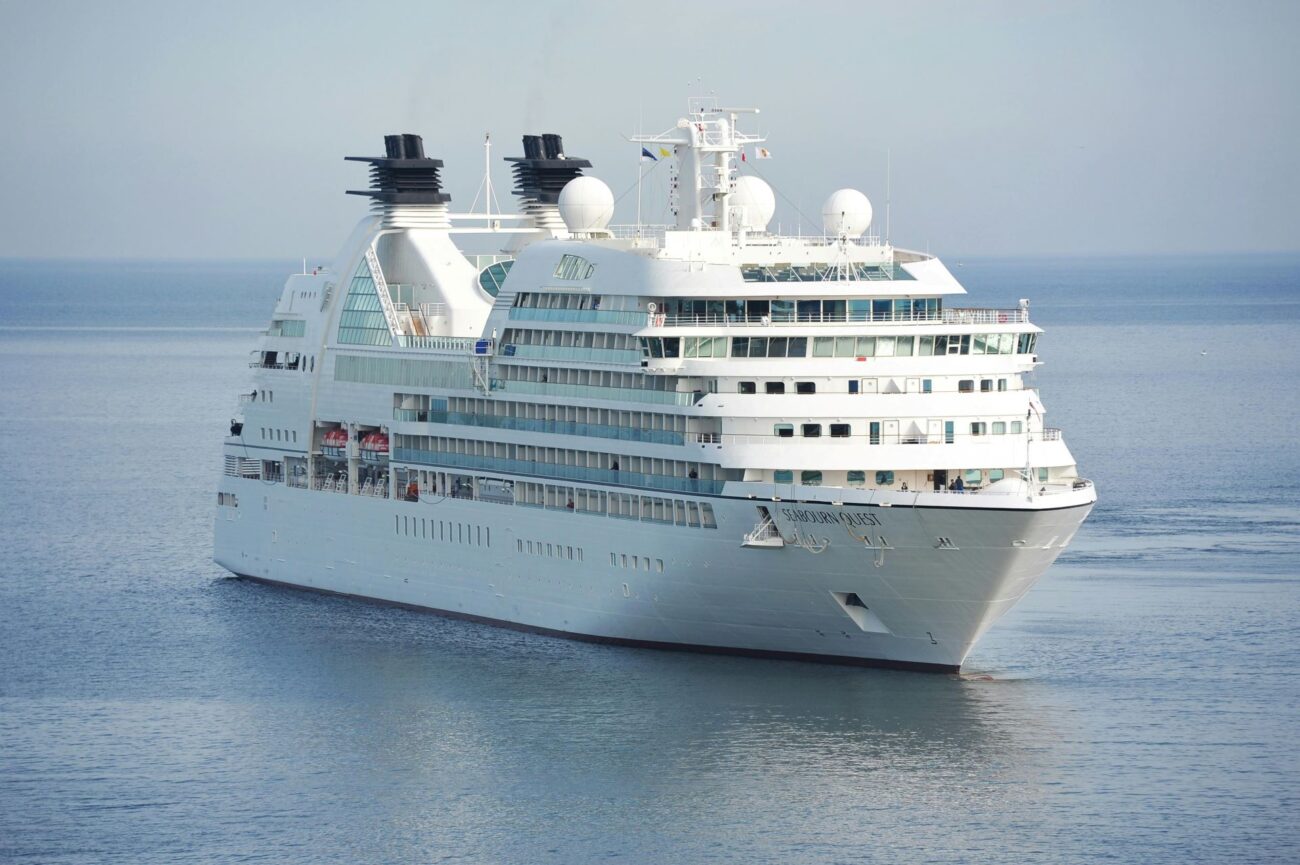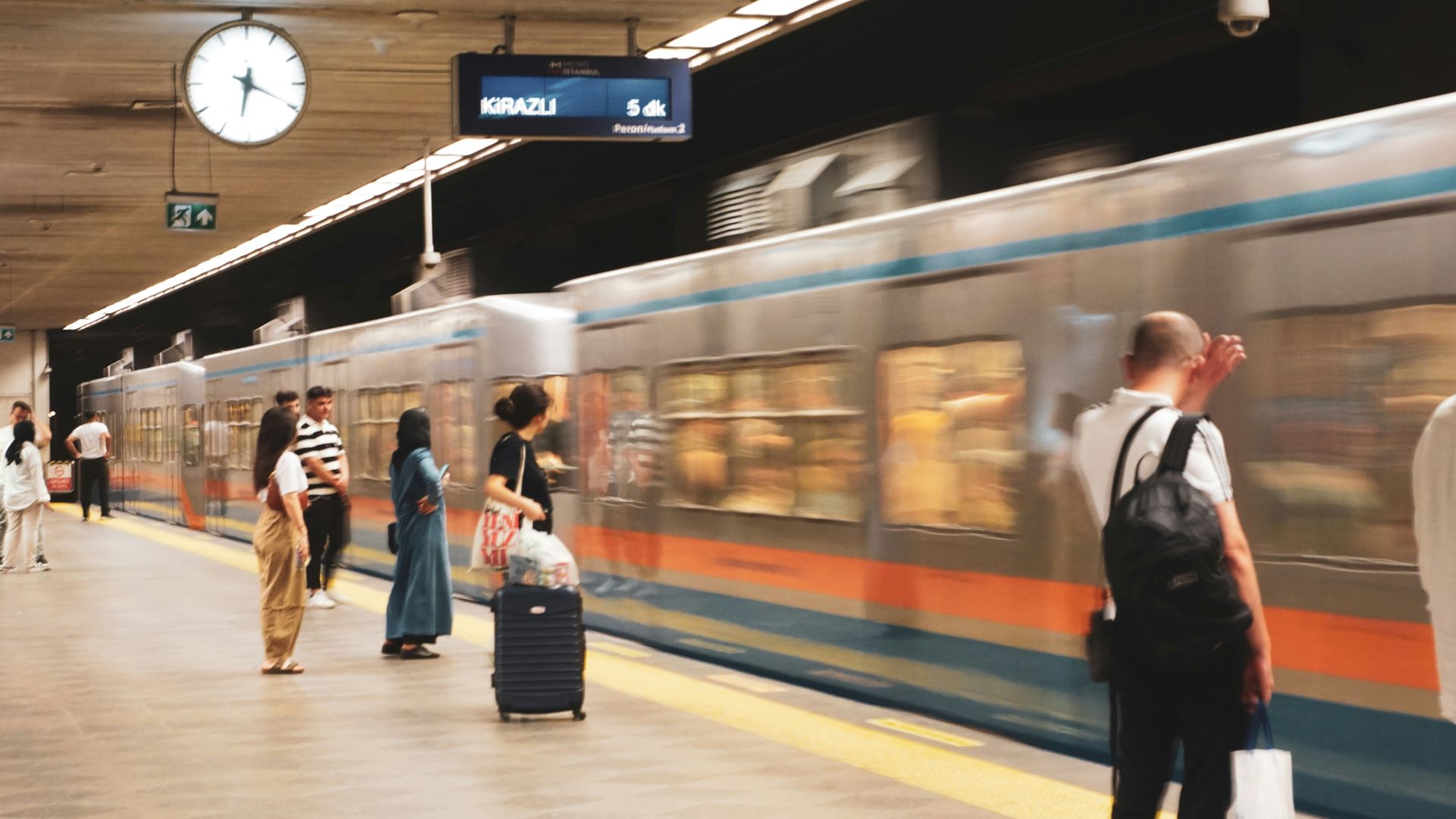Travel has always been a mirror of human ambition, curiosity, and ingenuity. From the first seafaring expeditions to the dawn of aviation, each era has redefined what it means to traverse the globe. Today, we find ourselves on the cusp of another revolution: seamless multimodal travel, where flights, trains, and cruises are not discrete segments of a journey but threads in a single, coherent narrative.
For the modern traveller, the journey is as significant as the destination. They no longer tolerate inefficiencies, disjointed transfers, or the anxiety of juggling multiple bookings. Instead, they crave curated experiences, where every connection, every transit, and every stop is part of a carefully orchestrated story. Airlines, rail operators, and cruise lines are recognising this shift, embracing collaboration and technology to create itineraries that are immersive, efficient, and profoundly memorable.

The Modern Traveller’s Mindset
Today’s traveller is discerning, informed, and experience-driven. They value authenticity, convenience, and personalization above all. Whereas a century ago, travel was often a logistical challenge and an end in itself, modern journeys are designed as experiential arcs.
Consider the European market, where high-speed rail has redefined short-haul travel. Instead of flying from Paris to Amsterdam, many travellers now prefer the TGV or Thalys, appreciating the comfort, city-centre departures, and scenic routes. By integrating these train journeys with long-haul flights and river cruises, travel providers create hybrid experiences that offer both efficiency and discovery. The modern traveller no longer asks merely how to get from A to B—they ask: How can my journey itself be unforgettable?
The Birth of Seamless Multimodal Travel
Seamless multimodal travel emerges from the intersection of consumer demand, technology, and operational innovation. Airlines recognized that many passengers, particularly premium and frequent flyers, seek more than just air transit—they seek complete itineraries that weave together multiple experiences into one story.
Cruise lines saw an opportunity to capture travellers who might otherwise remain constrained to port cities. By partnering with airlines and rail operators, they can now extend their itineraries inland, offering passengers curated pre- and post-cruise journeys. Rail operators, in turn, benefit from the influx of passengers arriving from major international airports, creating a mutually reinforcing ecosystem of convenience and discovery.
This integrated approach benefits both operators and travellers. Airlines expand their service offerings, cruise lines attract new markets, and rail networks enjoy increased ridership. Travellers, meanwhile, enjoy effortless transitions, curated experiences, and reduced stress, all under a single booking framework.
Technology: The Engine of Integration
At the heart of seamless multimodal travel lies technology. Modern booking platforms are no longer static—they are dynamic, intelligent, and predictive. They consolidate flights, rail tickets, and cruise reservations into cohesive itineraries, often accompanied by AI-driven recommendations and real-time updates.
AI algorithms can anticipate traveller needs, adjusting itineraries to account for delays, weather, and personal preferences. Digital concierge services track luggage, suggest dining options, and even guide travellers between terminals, train stations, and ports. For example, a passenger disembarking from a flight in Barcelona could receive real-time directions to a high-speed train to Valencia, with onboard meals pre-ordered to match arrival times. The journey is orchestrated to be effortless, personalised, and delightful.
Moreover, integrated loyalty programs span multiple modes of transport, encouraging travellers to embrace multimodal journeys while earning rewards across airlines, rail operators, and cruise lines. This cross-platform loyalty strengthens brand relationships and incentivizes travellers to explore new destinations in a seamless, curated manner.
Airlines as Experience Architects
Traditionally, airlines have focused on speed, safety, and efficiency. Today, leading carriers are embracing the role of experience architects, designing itineraries that extend well beyond the airport.
Partnerships with rail and cruise operators allow airlines to offer multi-day, multi-mode itineraries. Consider a journey from London to Venice: a morning flight delivers passengers to Milan, a high-speed train carries them through the rolling Italian countryside, and an evening river cruise along the Po River completes the first leg of the adventure. Each segment is meticulously timed, ensuring minimal waiting and maximum enjoyment.
In this model, airlines become storytellers, guiding passengers through a curated sequence of experiences. The journey itself becomes a narrative, with each leg contributing to a broader cultural, culinary, and scenic arc. Passengers no longer see their flight merely as transportation—they see it as the prologue of a journey that unfolds with purpose and sophistication.
Sustainability: The Ethical Imperative
Modern travellers are increasingly concerned with sustainability. Multimodal travel offers a compelling solution, allowing passengers to reduce carbon emissions while enhancing the journey experience.
High-speed rail, for instance, offers a low-emission alternative to short-haul flights, particularly in regions such as Europe and East Asia. Modern river and coastal cruises are adopting hybrid and LNG-powered vessels, further reducing environmental impact. When integrated with long-haul flights, these modes create an itinerary that balances speed, comfort, and environmental responsibility.
Sustainability also intersects with the concept of slow travel. Multimodal journeys encourage travellers to linger in cities, explore regions at a measured pace, and engage meaningfully with local cultures. The result is a travel experience that is both ethically responsible and deeply rewarding.
Curating the Traveller Experience
The magic of seamless multimodal travel lies in personalization. Advanced analytics and AI allow operators to create bespoke journeys that cater to individual preferences.
Families may enjoy train rides with scenic observation cars and child-friendly activities, followed by cruise excursions tailored for all ages. Solo travellers can access guided cultural tours, wellness experiences, or culinary tastings at each segment. Business travellers benefit from smooth transitions, digital connectivity, and premium lounges across modes of transport.
Personalization extends to the timing and sequencing of experiences. AI can suggest optimal travel windows, aligning daylight hours with sightseeing or cultural events. It can anticipate passenger preferences for dining, entertainment, and leisure, ensuring a journey that is not only efficient but enriching and immersive.

Challenges and Innovations
While the promise of seamless multimodal travel is compelling, it is not without challenges. Coordinating schedules across airlines, rail networks, and cruise lines requires precise operational planning. Delays, customs procedures, and weather can introduce unpredictability.
Yet these challenges are driving innovation. Predictive analytics monitor potential disruptions, contingency plans ensure alternative routing, and flexible booking policies accommodate changes without penalty. Travel insurance is now evolving to cover multimodal itineraries, giving passengers confidence as they embark on complex, multi-leg journeys.
Operators are also investing in cross-modal infrastructure, from integrated terminals to unified check-in processes, ensuring that the journey remains seamless from departure to arrival. The result is a resilient and adaptive travel ecosystem that balances efficiency, personalization, and experience.
Real-World Case Studies
Consider a North American journey linking New York City with the Hudson Valley via Amtrak, culminating in a luxury cruise along the New England coast. Each segment showcases a unique aspect of the region—urban architecture, pastoral landscapes, and maritime serenity—creating a holistic travel narrative.
In Asia, integrated itineraries connect Shanghai, Beijing, and the Yangtze River. Passengers fly into Shanghai, board a high-speed train through the countryside, and embark on a river cruise through historic waterways. The journey balances cultural immersion, scenic beauty, and logistical efficiency, exemplifying the potential of multimodal integration.
Europe offers further inspiration. Scandinavian journeys link Copenhagen with the fjords of Norway, combining flights, scenic rail lines, and eco-conscious cruises. Travellers experience urban sophistication, natural grandeur, and maritime tranquility within a single, curated itinerary.
Even South America is exploring this model, with flights into Rio de Janeiro followed by train journeys along Brazil’s scenic coastal railways, culminating in Amazonian river cruises. Each leg of the journey adds layers of cultural and environmental immersion, turning transportation into an integral part of the narrative.
The Emotional Dimension of Travel
Seamless multimodal travel is not only logistical—it is emotional. The gentle hum of a train gliding past vineyards, the anticipation of a cruise departing at sunset, the quiet thrill of takeoff over sprawling cities—all these moments create lasting memories.
Curated experiences heighten this effect, turning each transition into an opportunity for discovery. Travellers move beyond mere observation; they are participants in a journey designed to engage all senses, all curiosities, and all desires. Each leg reinforces the narrative, ensuring that the journey itself is as rewarding as the destinations it connects.

The Future: Integration, Innovation, and Experience
The trajectory of seamless multimodal travel points to a future where journeys are fully integrated, deeply personalized, and experientially rich. Airlines will continue to serve as architects of adventure, designing itineraries that span continents and cultures. Rail operators will provide scenic, comfortable, and sustainable transit options. Cruise lines will extend the journey into coastal, riverine, and remote regions.
Technology will continue to underpin this integration, with AI, predictive analytics, and digital concierge services ensuring that the traveller’s path is frictionless. Sustainability will remain central, guiding mode selection, energy efficiency, and local engagement. Loyalty programs will reward integrated journeys, encouraging travellers to embrace new ways of exploring the world.
Ultimately, the promise of seamless multimodal travel is transformative. Journeys become narratives, transitions become experiences, and travel itself is redefined as a curated, immersive, and unforgettable adventure.
Travellers no longer ask simply how to get from point A to point B. They ask how to live every mile of the journey, to experience landscapes, cultures, and communities in a meaningful and memorable way. The convergence of flights, trains, and cruises, powered by technology and guided by thoughtful design, delivers precisely that: a world where the journey is the destination, and every step along the way is an orchestrated symphony of exploration.
Seamless multimodal travel is not just the future of tourism—it is the art of travel itself, reimagined for a world that values experience, efficiency, and elegance in equal measure. The journey, long overlooked as merely functional, now claims its rightful place at the centre of the traveller’s imagination. In this brave new paradigm, to travel is to storytell, to discover, and to live fully, from the first takeoff to the final sunset at sea.
